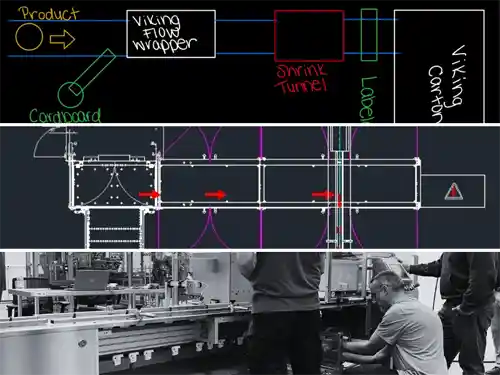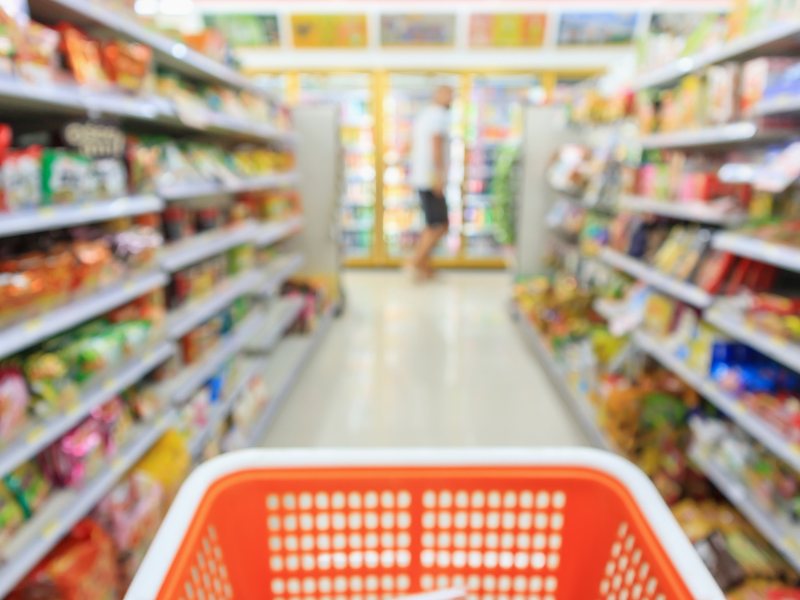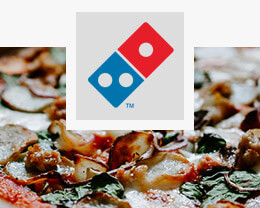The Simple Way the Packaging Industry Can Increase Production Capacity
Manufacturers in the food and beverage industry face a world of volatility when it comes to packaging requirements that seem to become more complicated with each passing day. Higher consumer demand combined with narrow profit margins and strict production regulations mean that manufacturers have to be on top of their game—and even ahead of it—to compete.
Continual improvements on middle- and end-of-line packaging include safe and secure delivery of products, reduced waste, lowered costs and optimized processes to meet increasing product demand. And there is one solution that addresses all these challenges—automation. Purchasing a new packaging machine will optimize packaging and production, lower operating costs, and increase production capacity in the blink of an eye.
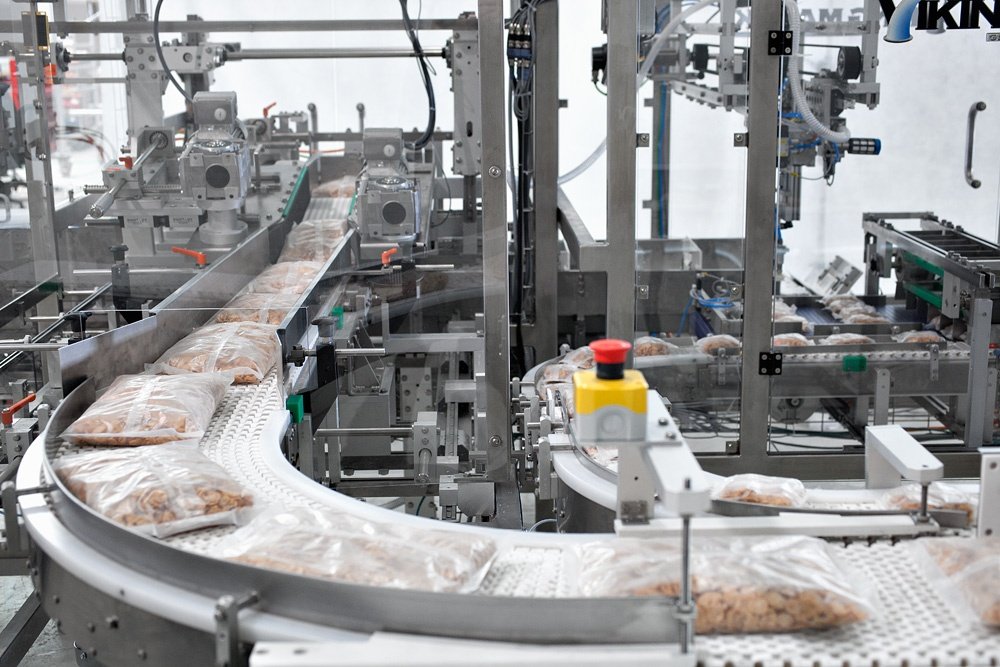
Increased speed on the manufacturing line means faster throughput of product in less time and can make a manufacturer more nimble when it comes to meeting the shorter turnaround times some retailers expect on their orders.
IMPROVING THROUGHPUT AND STAYING COMPETITIVE
In order to improve throughput and stay competitive, successful manufacturers need to adopt state-of-the-art machines to improve their ability to adapt to changing packaging requirements. In the 2016 State of Food Manufacturing Survey conducted by Food Engineering magazine, on average, manufacturers aspire to an overall equipment effectiveness (OEE) score of 74 percent, but most sit at 68 percent or lower.
An engineer in the survey states that “To be best in class, we have to improve operational efficiency.” An operations manager notes that increasing automation would assist his company in becoming more efficient, increasing its OEE. A plant operations manager stated that a company needs to not only track line efficiency, but OEE. Clearly, automation is critical to increasing production capacity and improving business efficiency and profitability.
In order to compete today, manufacturers need equipment that automates more than one function, such as filling and case packing. Another example is the growing demand for filling and packing multiple SKUs at once which points to the need for updated equipment. This type of multi-function flexibility in equipment helps free up floor space and speeds up production, providing important ROI benefits.
IMPROVING PRODUCTION CAPACITY
A new packaging machine can improve a food manufacturer’s production capacity in three ways:
- Increases in speed achieved with new equipment simply outperform older equipment. Production capacity and throughput improve dramatically with the introduction of faster automation on the line.
- New equipment efficiency means a smoother operation because systems are automated and integrated to work in precise coordination.
- New equipment means less operator downtime so that packaging operations continue without breaks, resulting in measurable production capacity improvements.
The food manufacturing packaging industry is constantly evolving to meet changing marketplace demands, but one thing is clear—automation is here to stay and provides the quickest route to increase contract packaging production capacity regardless of product and operating issues.
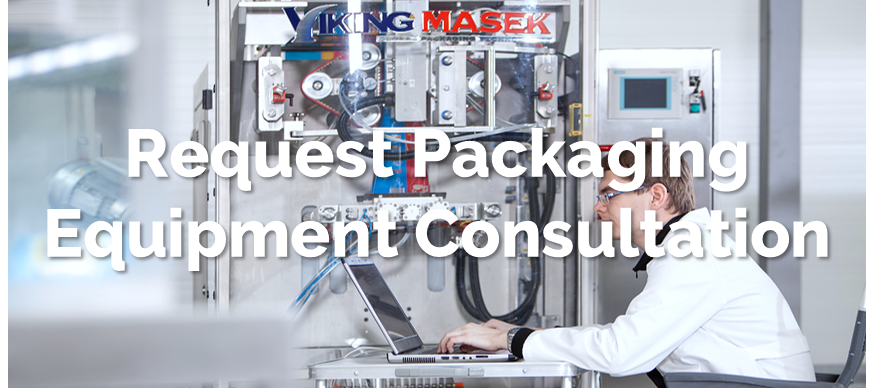 Food Packaging Automation Assessment
Food Packaging Automation Assessment
Ready to increase your food production capacity with packaging automation? Contact the experts at Viking Masek today to get started.


